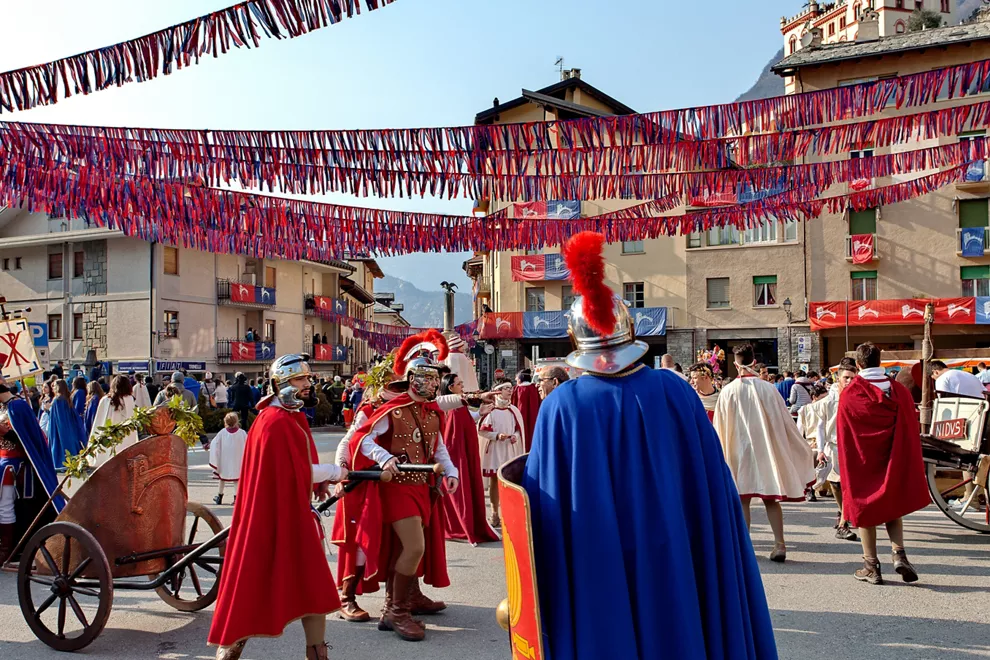The historical Carnival of Pont-Saint-Martin and the legend of the Devil's Bridge
3 minutes
If you are a fan of mystery, you will be fascinated by the historical carnival of Pont-Saint-Martin, a village in the Aosta Valley that was once a stopover on the ancient Roman road to Gaul and the Francigena pilgrimage route, which relates to the famous Roman bridge of Saint Martin, the symbol of the village, and the legendary circumstances of its construction.
How St Martin mocked the devil
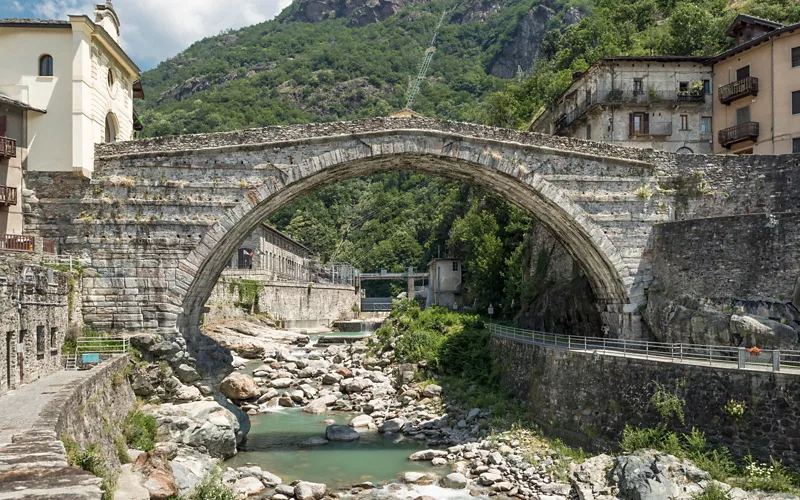
The legend that inspires the Pont-Saint-Martin Carnival, celebrated for more than a century, concerns the devil and Saint Martin, bishop of Tours and former Roman officer. Around them, there is a lively cast of supporting characters: the nymph of the Lys and her handmaidens, the consul, the tribune and the Roman soldiers, at war with the barbarian Salassi, all called upon to re-enact the myth that inspires the four-day carnival, amidst banquets, dances and costumed processions.
In fact, tradition has it that the Roman bridge over the Lys, a raging tributary of the Dora Baltea, was erected by none other than the devil, tricked by the bishop of Tours, who was passing by when a flood swept over the footbridge connecting the two banks of the torrent.
The devil's hoof
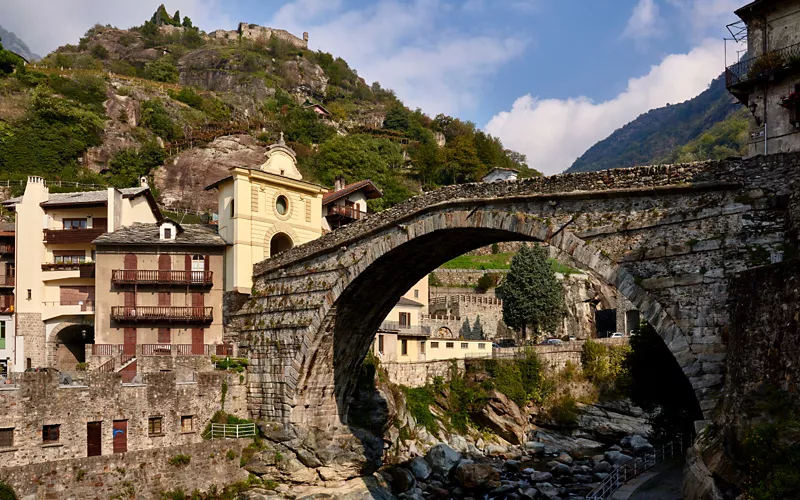
Forced to break off the path and called to the rescue of the inhabitants, the saint is said to have summoned Satan himself, convincing him to build a beautiful and solid stone bridge in exchange for the soul of the first unfortunate person to cross it. The devil worked hard, but when the work was finished, Martin threw a morsel of bread at the opposite end of the new bridge and freed the dog he had hitherto kept hidden under his cloak, sacrificing the animal's soul but saving a human life.
Enraged, the devil tried to destroy the bridge by opening a breach in it with his claws, but St Martin secured it forever by placing a cross at its highest point.
Amidst folklore and culinary pleasures

Founded at the beginning of the 20th century with the intention of retelling the legend, the Pont-Saint-Martin carnival celebrations start on the morning of the Epiphany, when, at 5.55 a.m., the band wakes the town up with the carnival anthem. From then on, there follows a series of gastronomic-themed events, led by the representatives of the insulae, the various districts of Pont-Saint-Martin, in a sort of roadmap to the Carnival itself, which runs from Thursday to Shrove Tuesday. It includes the traditional burning of the devil, and is accompanied by costume parades led by the figurants, dances, a chariot race and a Roman relay race, as well as a series of food and wine evenings.
Watch out for the cast!
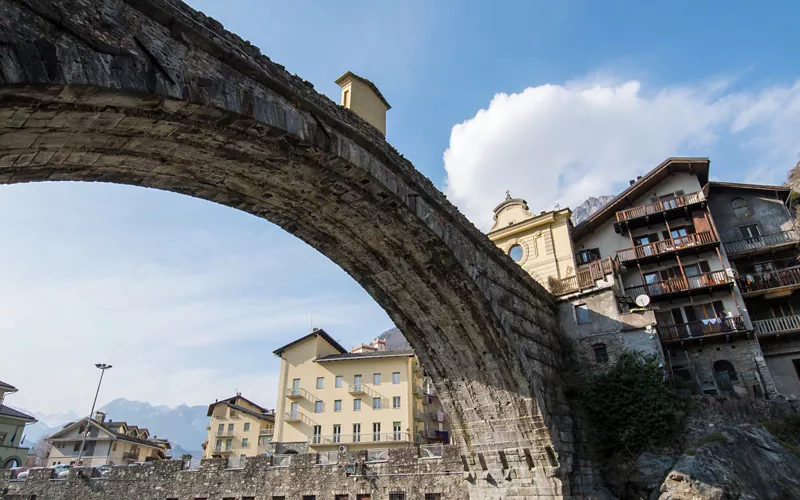
Bringing the festive days to life are the protagonists of the legend, played each year by a different cast, selected from among the townspeople and shown on the evening of Shrove Saturday. Shrouded in mystery to the very end, by tradition, is the name of the girl who plays the Lys nymph, also identified as the Colombera fairy, which is announced directly that evening, when she appears, unannounced, among the eager audience.
But it is almost always the devil who dominates the scene here: be careful, if you see him pass by, because he runs about unruly through the streets, alternating between creepy shrieks and unhinged laughter, disrupting the procession, teasing the participants and provoking the beautiful women. Of course, he is also a glutton, especially for beans, perhaps because of the flatulence they provoke... strictly sulphur-based.
A pleasant Lenten finale
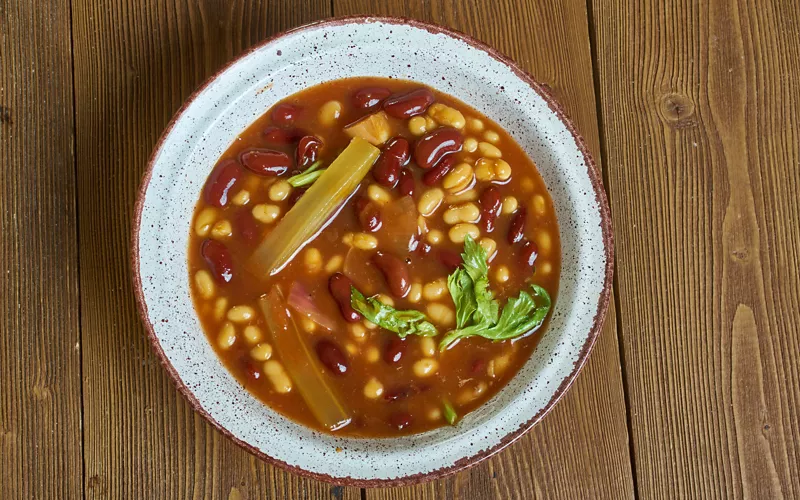
If you are a lover of good food, your favourite day will be Shrove Monday, with the traditional fagiolata (bean feast). From the first light of dawn, huge copper cauldrons are placed under a low fire in the square for the cooking of beans with salamis: a very ancient ritual, linked to the custom of offering the poor a hot meal.
The historical Carnival then has another pleasant gastronomic finale on Ash Wednesday. On the day when the period of Lent begins, the inhabitants of Pont-Saint-Martin will bid farewell to the following year by distributing rations of polenta and mërluss, a dish made with cod (preserved in salt), onions, butter and polenta: a lean lunch, let's put it that way.

